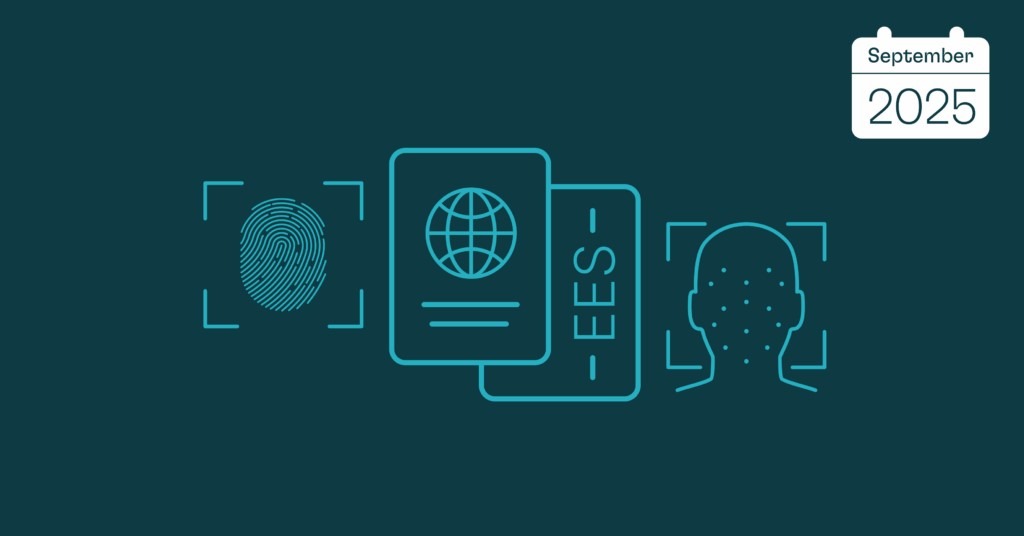
The European Union is set to roll out its long-awaited Schengen Entry/Exit System (EES) on October 12, 2025, marking one of the most significant upgrades to the region’s border management in decades.
Designed to strengthen security, prevent irregular migration, and combat cross-border crime, the system also aims to maintain the Schengen Area’s hallmark mobility. The EES launch has already been postponed four times since its original 2022 schedule due to technical complexities.
The Schengen EES — an automated border management system for non-EU travelers entering and exiting the Schengen Area — replaces manual passport stamping with biometric checks, recording entries, exits, and entry refusals. Passport control officers may still ask questions before granting access.
The system applies to short stays of up to 90 days within a 180-day period for both visa holders and visa-exempt travelers. It includes citizens of Iceland, Liechtenstein, Norway, and Switzerland, with certain exemptions. Cyprus and Ireland, while EU members, will remain outside the EES and continue manual passport stamping.
The EES will be implemented at all official Schengen external borders — including airports, seaports, and land crossings. UK–EU points such as Dover, Eurostar terminals, and the Eurotunnel are also included. Data collection will continue gradually until April 9 2026, with full system operations beginning 10 April 2026.
Travelers with prior overstays, rejected visa applications, incomplete documents, or soon-to-expire residence permits may face additional scrutiny. Cross-border commuters, family members of EU citizens without complete paperwork, and third-country nationals awaiting residency approvals could experience longer border checks.
Although automation is expected to reduce queues over time, early technical glitches could cause delays. The travelers are advised to allow at least two hours for connections and to use optional pre-registration kiosks or apps where available. Those without biometric passports will need to use manual lanes.
Traveler Advice
- Ensure travel documents are valid and compliant with Schengen rules.
- Monitor remaining days allowed in the Schengen Area using the short-stay calculator or border equipment.
- Allow at least two hours between connecting Schengen flights during the rollout period.
- Keep detailed travel records, including boarding passes, passport stamps, and proof of legal residence or renewal applications.
- Travelers with a history of overstaying should seek legal advice before travelling near the launch date.
The EES represents a major step forward in EU border management, promising enhanced security while streamlining the entry and exit process for millions of travelers.
Follow The Times Kuwait on
X, Instagram and Facebook for the latest news updates












